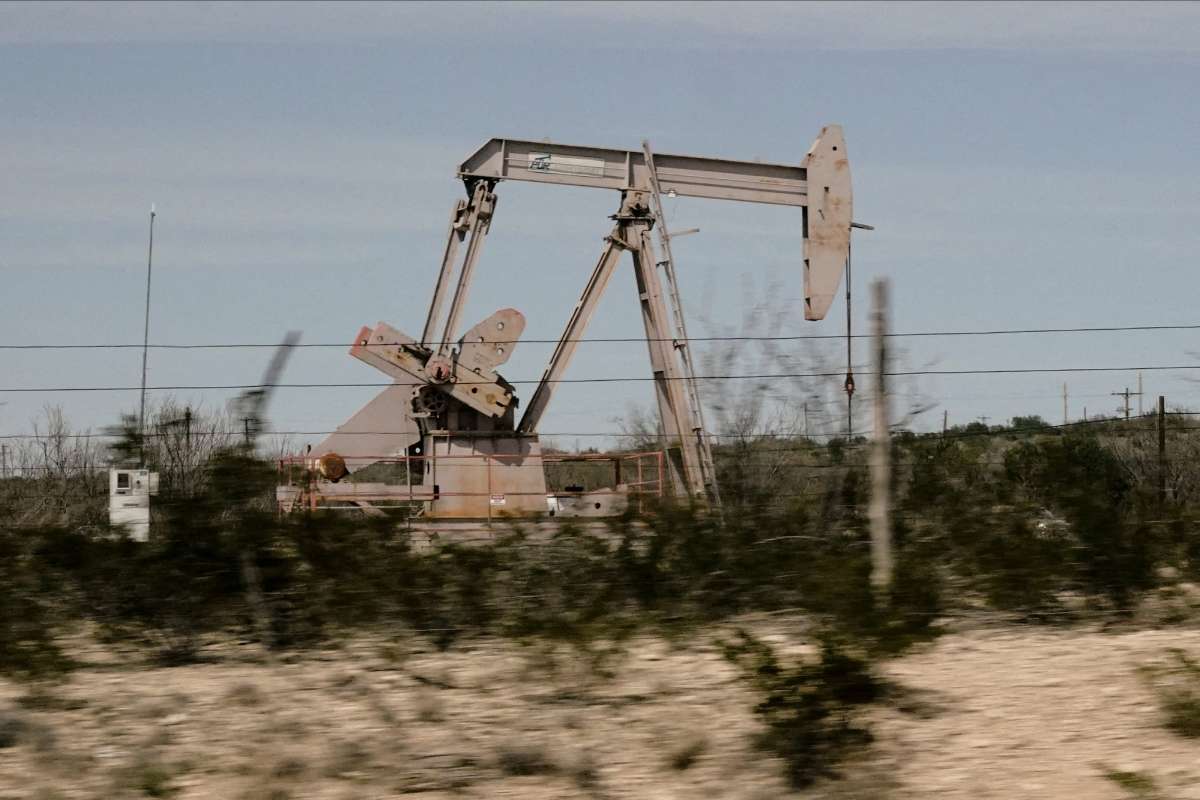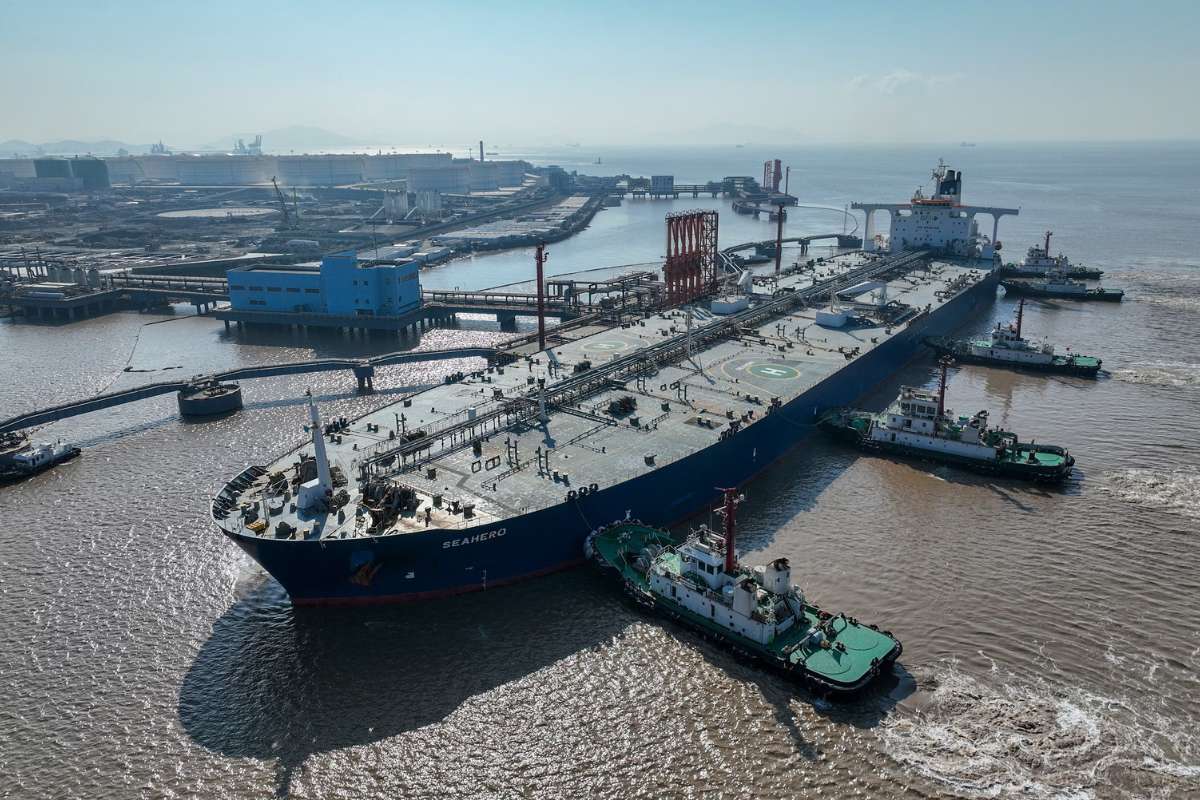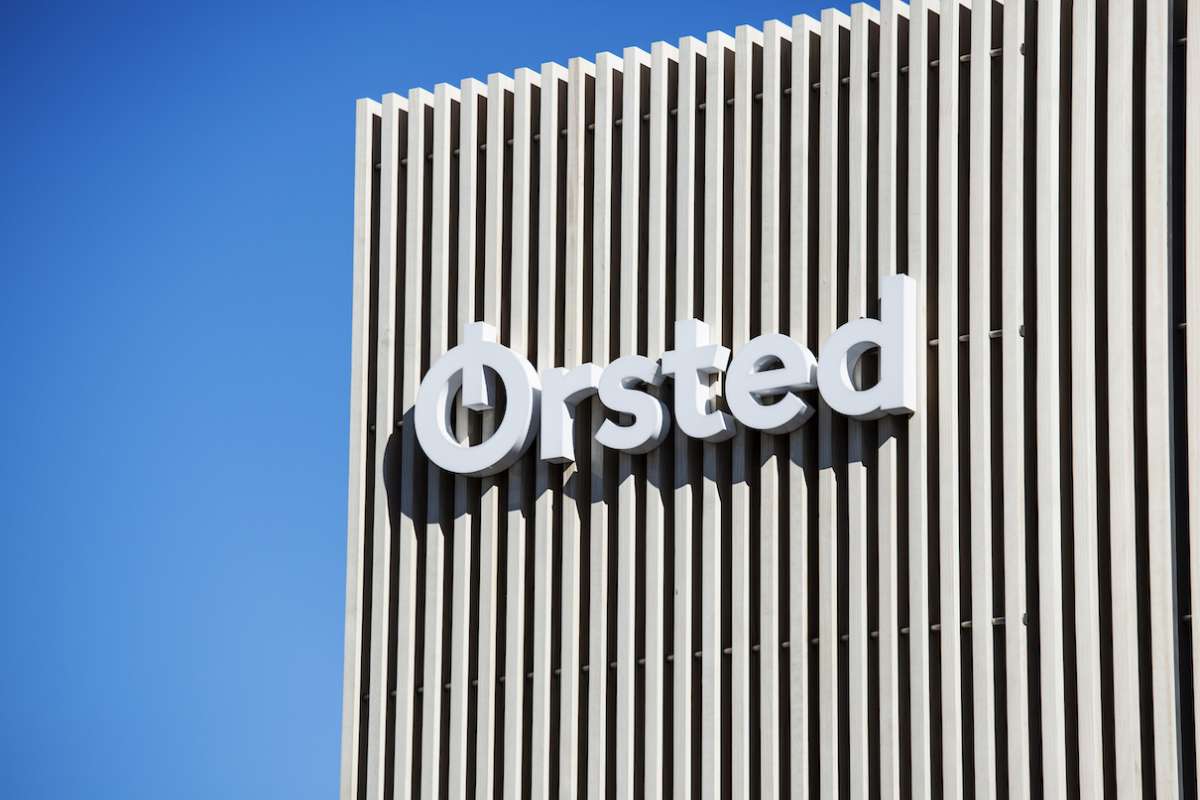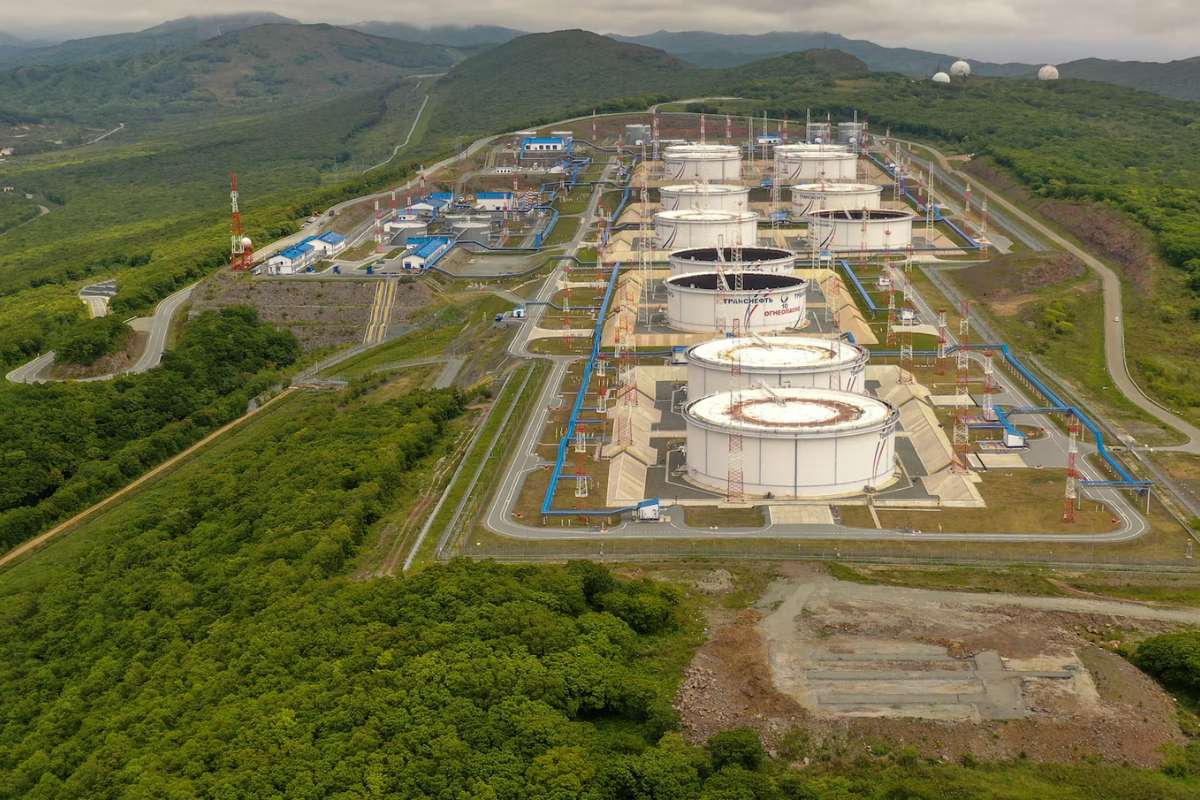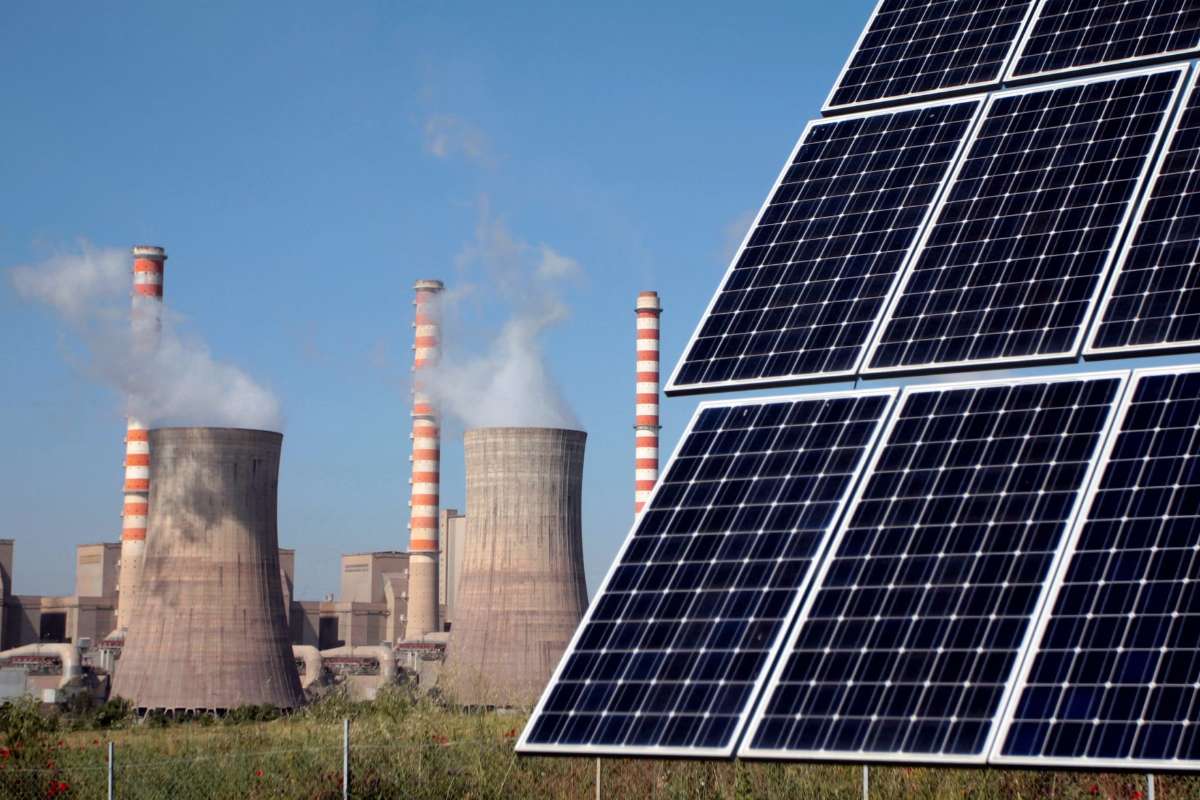In a landmark moment for Canada’s energy sector, the nation officially entered the global liquefied natural gas (LNG) export market with its first-ever shipment from the Pacific Coast. On June 30, 2025, the tanker GasLog Glasgow departed from Kitimat, British Columbia, marking the inaugural cargo from the C$40 billion Canada’s LNG terminal, a massive joint venture led by Shell and backed by Petronas, PetroChina, Mitsubishi, and Korea Gas.
This strategic development provides Canadian producers with a more direct route to high-demand Asian markets, bypassing the Panama Canal and the congested U.S. Gulf Coast. The LNG Canada facility, powered largely by British Columbia’s hydroelectric grid, is expected to export 14 million tonnes annually in its first phase, with plans to potentially double capacity in a second phase.
Government officials celebrated the achievement as a pivot toward energy diversification. British Columbia Premier David Eby called it a “generational opportunity,” while Prime Minister Mark Carney emphasized Canada’s ability to serve “reliable, emissions-conscious partners” across Asia.
From Oversupply to Opportunity: Canada’s Gas Market Turns a Corner
After years of grappling with a domestic supply glut and historically low prices, Canada’s natural gas sector appears poised for a turnaround. Analysts now forecast up to seven years of sustained excess demand, fueled by the ramp-up in LNG exports and the increasing appetite from Asia.
In 2024, Canadian producers shut in production and delayed drilling in anticipation of a market shift. Now, with Canada’s LNG operational, energy analysts expect a rebalancing. While price spikes are unlikely in the short term, futures on the AECO hub remain moderate—experts suggest that structural changes in export capacity could strengthen long-term pricing.
Furthermore, Canadian LNG is considered competitively priced due to low feedstock costs and access to renewable power sources. As global buyers seek cleaner alternatives to coal and politically complex pipelines, Canada’s hydro-powered liquefied natural gas model could prove especially attractive.
Economic Windfall and Environmental Crossroads
Beyond market dynamics, the project brings major economic implications. The construction of LNG Canada and its connecting Coastal GasLink pipeline generated more than C$5.8 billion in contracts with local and Indigenous businesses, employing around 50,000 people at peak construction. The terminal is expected to maintain a workforce of 350–500 during operations, with expansion possibly creating further jobs.
However, the road to this milestone wasn’t without resistance. The project faced budget overruns, regulatory scrutiny, and public criticism over environmental risks. With Canada’s stringent climate targets and methane caps in place, debate continues over whether large-scale LNG projects align with national emission goals.
Still, proponents argue that Canada’s LNG, particularly in replacing coal-fired power in Asia, contributes to global decarbonization. As Prime Minister Carney noted, the move symbolizes Canada’s broader ambition to become an “energy superpower,” redefining its role not just as a resource supplier to the U.S., but as a key player in the global clean energy transition.
Canada’s inaugural liquefied natural gas export marks more than a shipping milestone; it signals a geopolitical and economic shift. With Asian markets now within reach, domestic gas producers could finally step out of the shadows of oversupply. Yet, balancing this new prosperity with climate responsibility remains the nation’s defining challenge in this next chapter of energy leadership.
Explore More News In Our Oil Gas Energy Magazine
Sources:



